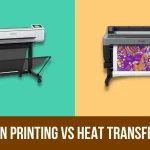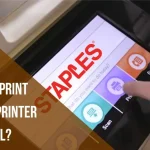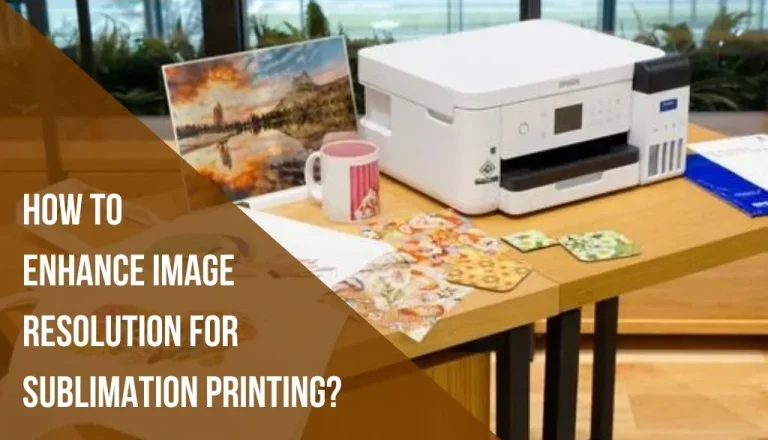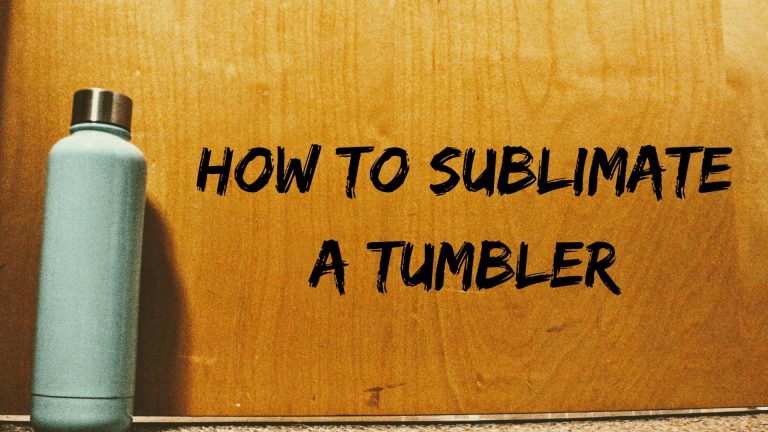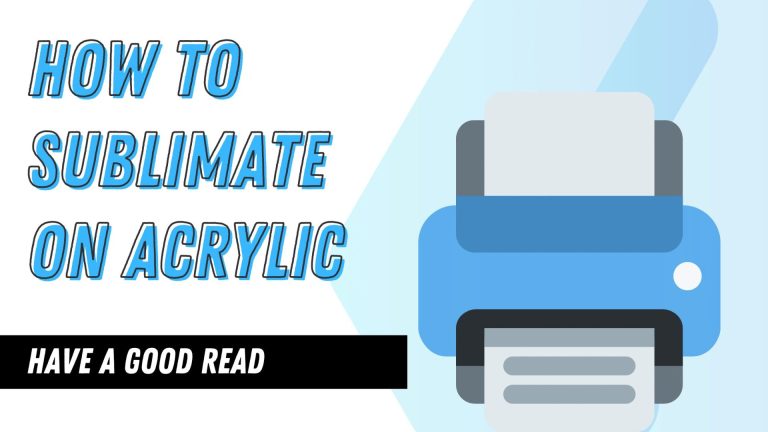How to Print Sublimation Transfers with a Heat Press?
Sublimation printers are primarily used for various purposes such as printing documents t t-shirts and many other stuff. This printing can be done with various processes such as the heating process and ink transfer process.
In this article, I will explain How to print sublimation transfers with a heat press and which one is best sublimation printer the ink transfer or the heating process. So just read till the end.
What is Sublimation?
This sublimation is a process of transferring heat to paper in the sense that it creates an image or design on a particular paper after you can use heat to apply it to the substrate.
However, sublimation ink is a dye-based ink that is heated to turn from solid into gas. And the gas dyes the fabric. This is the reason the ink dies the fibers of the garment. Sublimation is perfect for white and light garments.
What is Heat Transfer Paper?
Using a heat press, you can easily print on heat transfer paper and transfer the image to a garment or hard surface. Heat transfer paper comes in two types inkjet or laser.
The printer type you need depends on the paper you use. inkjet printers cannot print on laser transfer paper and vice versa on how to print sublimation transfer with circuit, apply cotton, iron, transfer ready, without tumbler, polyester.
Most office printers can use heat transfer paper. White toner printers such as Oki offer the best quality and results. To transfer vibrant full-color prints to colored and dark garments this printer lay down a layer of white toner.
How to Print Sublimation Transfers with a Heat Press?
Here are some steps to print sublimation with a heat press
- Sublimation printers, ink, and papers should be prepared before printing.
- Creating your sublimation design is the very first step. If you want to use a graphic design program, you can use a sublimation software program.
- The sublimation paper should be printed with your design. The print should be facing down.
- Make sure your heat press is heated and pressured correctly. Different types of sublimation paper and substrate require different temperatures and pressures.
- With the printed side facing down, place the sublimation transfer on the substrate.
- Heat tape or parchment paper can be used to secure the sublimation transfer.
- For the specified period, press the sublimation transfer.
- Be sure to let the sublimation transfer excellent completely before removing it.
Heating Process:
If you know How to print sublimation transfers with a heat press? then You can place the transfer paper into a heat press with substrate and increase the temperature from 350 to 400 degrees Fahrenheit. This allows the ink and other transfer material can quickly move into the gas.
And once the ink and transfer material comes in gas they permeate the fibers of the substrate material.
Ink Transfer and Bonding:
After the process, the heat is removed from the transfer paper the ink that was used or permeated fibers solidifies locked permanently into place by the transfer material. Assuming the procedure has been performed accurately.
Some instructions you may follow
- The heat temperature must be 400 degrees Fahrenheit.
- Set timer 60 seconds
- Pressure must be at medium
- Place the paper face down on the garment. They need at least 50% polyester of white or light-color fabric.
- You can press at 400 degrees F for seconds with medium pressure.
- Then remove the paper immediately and peel hot. Also, allow the garment to cool.
Heat Transfer Paper vs Sublimation Printing:
Do you want to print a t-shirt at home with a design you have? You generally choose between heat transfer and sublimation if you do. Sublimation paper or transfer paper must be chosen.
Here we got some differences between sublimation and transfer paper printing for t-shirt prints.
Heat Transfer Paper vs Sublimation Printing:
- More affordable
- Easy to use
- Printed with both inkjet or laser
- Large designs can make creak and split
- In the case of an inkjet printer, the edges will transfer too
- Easy to use
- More durable
- Produce more vibrant colors
- Only work on polyester
- Ink create some clog
Frequently Asked Question:
After receiving the transfer, you can apply it to your garment with a heat press. When the right amount of heat and pressure is applied, sublimation inks transform into gases, then solidify back into fibers as they cool.
It is recommended that all products be heated to 400° F. Close your heat press with moderate to heavy pressure. Heat press settings and blank thickness may affect the time and temperature.
Several items will be needed if you want to know How to print sublimation transfers with a heat press and try sublimation printing: transfer paper, a sublimation printer, sublimation ink, and a heat press. Using a heat press, the image is transferred to the garment from the sublimation paper.
Is it possible to sublimate cotton garments? The answer is yes! A sublimation coating spray or heat transfer vinyl can be used to sublimate on cotton.
Heat is necessary for sublimation. During the sublimation process, energy (heat) is added to the process in order to cause the ice to become vapor.
In the natural world, sunlight plays an important role. In order to vaporize water, you need a certain amount of heat. This is known as the “heat of vaporization.”
Final Verdict:
If you want to know How to print sublimation transfers with a heat press? Then Your specific needs and budget will determine the best method. It’s best to print sublimation if you want the brightest and most durable images.
Heat transfer printing, however, is a good option if you’re on a budget or want to use different fabrics.

